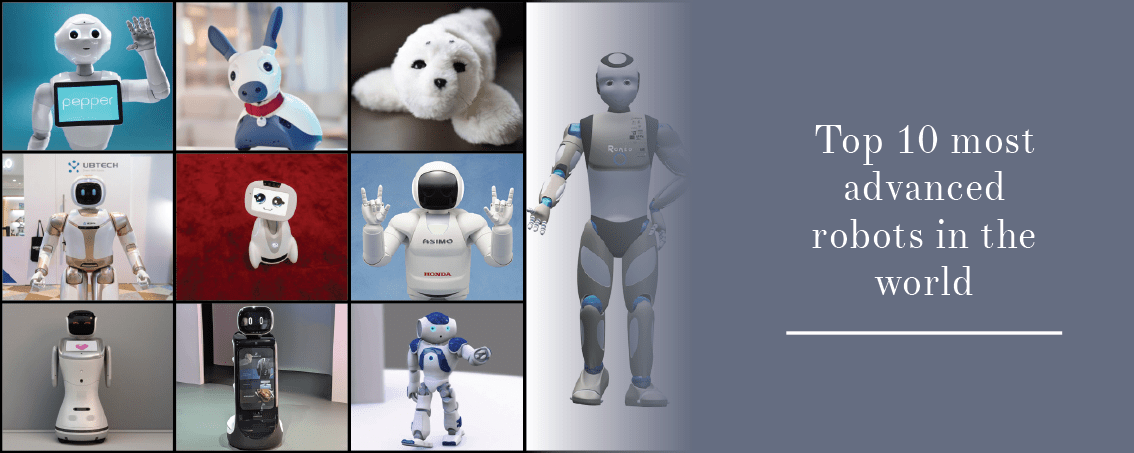In recent years, the emergence of highly versatile genome-editing technologies has provided investigators with the ability to rapidly and economically introduce sequence-specific modifications into the genomes of a broad spectrum of cell types and organisms. Genome editing (also called gene editing) is a group of technologies that give scientists the ability to change an organism’s DNA. These technologies allow genetic material to be added, removed, or altered at particular locations in the genome and there are several approaches to genome editing which have been developed. The techniques used to edit or change the genome evolved from the earlier attempts like nuclease technologies, homing endonucleases, and certain chemical methods. Molecular techniques like mega-nuclease, transcription activator-like effector nucleases (TALENs), and zinc-finger nucleases (ZFNs) initially emerged as genome-editing technologies.
Targeted nucleases have provided researchers with the ability to manipulate virtually any genomic sequence, enabling the facile creation of isogenic cell lines and animal models for the study of human disease, and promoting exciting new possibilities for human gene therapy. A recent one is known as CRISPR-Cas9, which is short for clustered regularly interspaced short palindromic repeats and CRISPR-associated protein 9. The CRISPR-Cas9 system has generated a lot of excitement in the scientific community because it is faster, cheaper, more accurate, and more efficient than other existing genome editing methods. CRISPR-Cas9 was adapted from a naturally occurring genome editing system in bacteria. The bacteria capture snippets of DNA from invading viruses and use them to create DNA segments known as CRISPR arrays. The CRISPR arrays allow the bacteria to “remember” the viruses (or closely related ones).
In particular, the ease with which CRISPR-Cas9 and TALENs can be configured to recognize new genomic sequences has driven a revolution in genome editing that has accelerated scientific breakthroughs and discoveries in disciplines as diverse as synthetic biology, human gene therapy, disease modeling, drug discovery, neuroscience, and the agricultural sciences. The CRISPR-Cas9 system works similarly in the lab. Researchers create a small piece of RNA with a short “guide” sequence that attaches (binds) to a specific target sequence of DNA in a genome. The RNA also binds to the Cas9 enzyme. As in bacteria, the modified RNA is used to recognize the DNA sequence, and the Cas9 enzyme cuts the DNA at the targeted location.
The diverse array of genetic outcomes made possible by these technologies is the result, in large part, of their ability to efficiently induce targeted DNA double-strand breaks (DSBs). These DNA breaks then drive activation of cellular DNA repair pathways and facilitate the introduction of site-specific genomic modifications. Genome editing is of great interest in the prevention and treatment of human diseases. Currently, most research on genome editing is done to understand diseases using cells and animal models. Scientists are still working to determine whether this approach is safe and effective for use in people. It is being explored in research on a wide variety of diseases, including single-gene disorders such as cystic fibrosis, hemophilia, and sickle cell disease.
It also holds promise for the treatment and prevention of more complex diseases, such as cancer, heart disease, mental illness, and human immunodeficiency virus (HIV) infection. Despite the successes already achieved, many challenges remain before the full potential of genome editing can be realized. First and foremost are the development of new tools capable of introducing genomic modifications in the absence of DNA breaks. It seems that CRISPR/Cas technologies are probably superseding ZFNs and TALENS. However, the CRIPSR/Cas methods are also being improvised, and newer additions have further enhanced its functional capabilities with reduced off-target effects. Furthermore, the process of engineering better gene modification technologies is evolving and can one day replace even CRISPR/Cas, possibly shifting to synthetic genomics. Among all these revolutionary developments, bioethical concerns need serious attention.

















